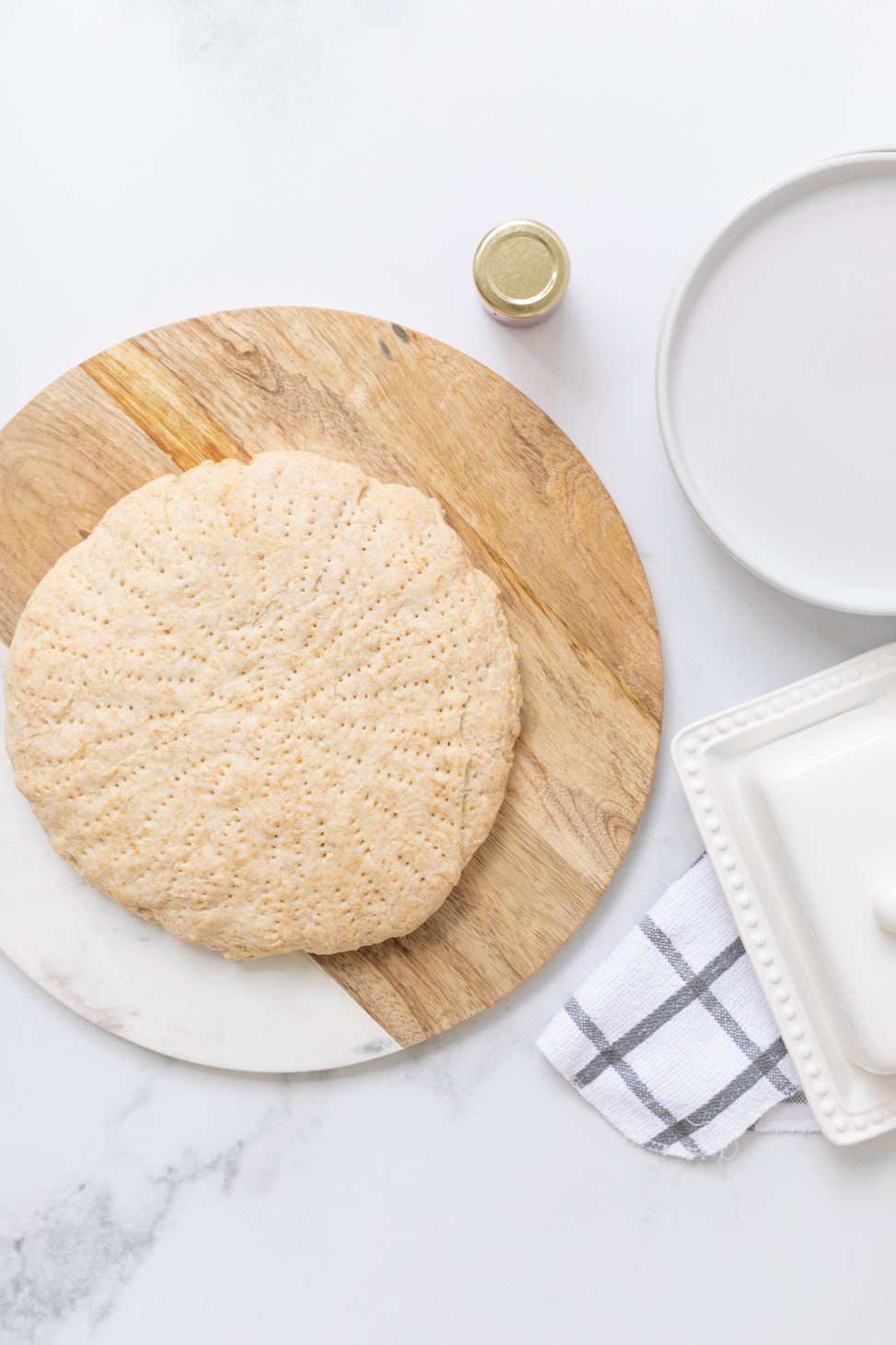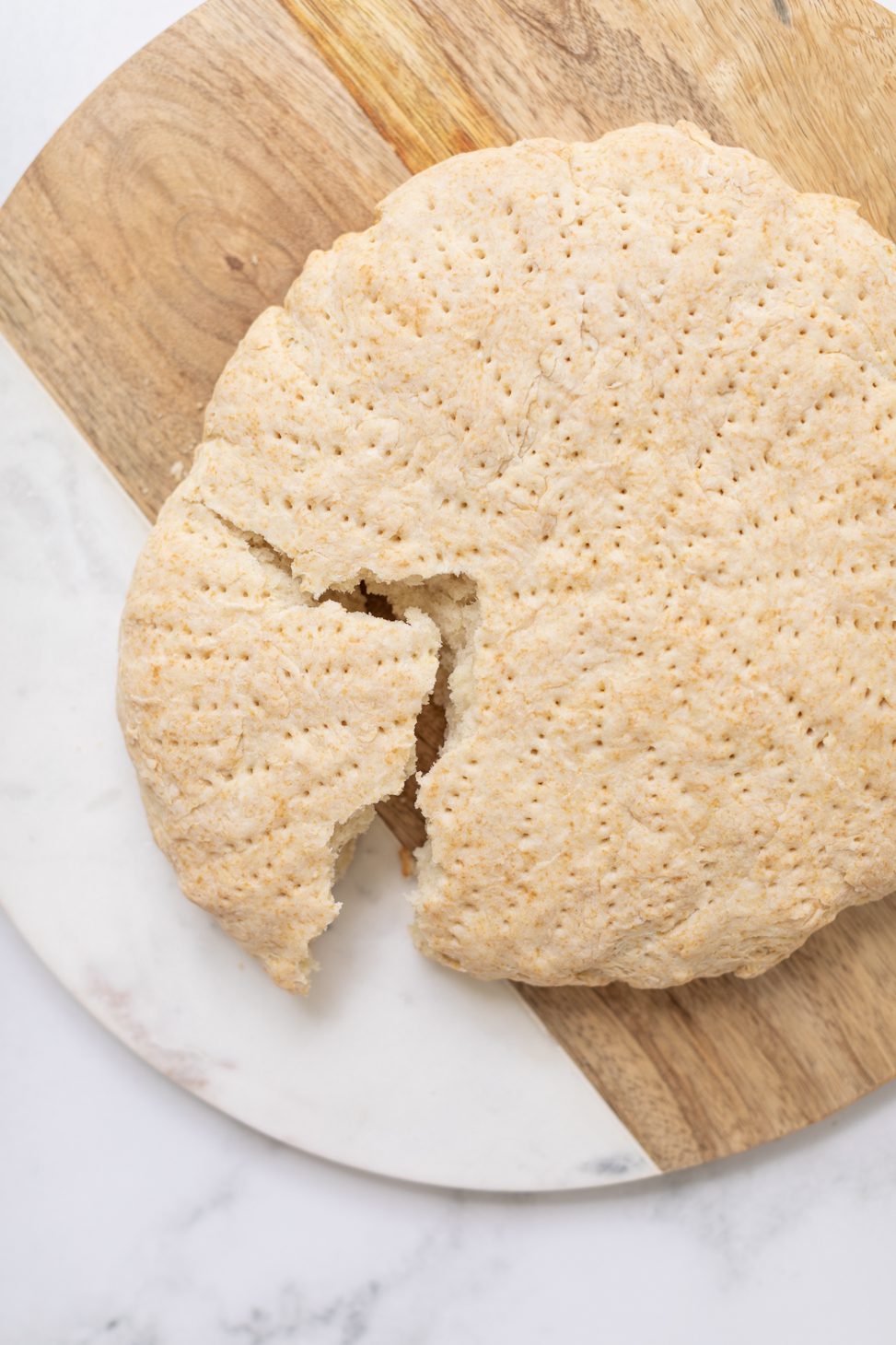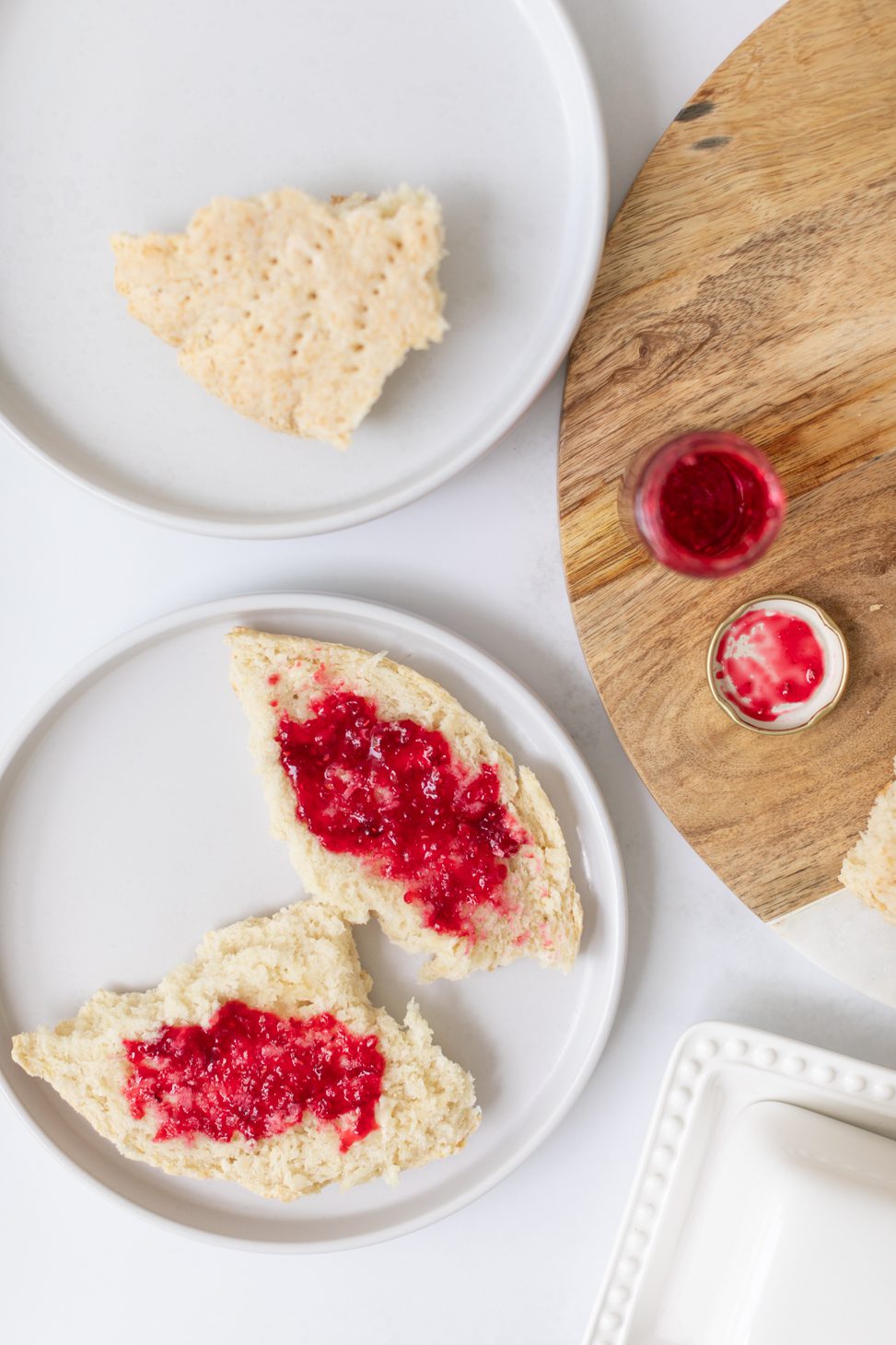*This blog post was originally published in 2020, but with Rachelle’s permission, we are re-sharing it in honour of National Indigenous Peoples Day!
Hi Everyone!
As some of you may know, a very special celebration is tomorrow, National Indigenous Peoples Day in Canada!
What is National Indigenous Peoples Day? This is a day that we celebrate and recognize the unique heritage, diverse cultures of First Nations, Inuit and Métis peoples. Although these groups share many similarities, they each have a distinct heritage, language, cultural practices and spiritual beliefs.
I, Jillian, grew up in Peace River Alberta, where there are various First Nation communities specifically the Dane-zaa tribe, which was formally known as The Beaver tribe.

As a child, (not in my plant-based days lol) I loved snacking on Mennonite sausage, moose jerky, bannock and perogies, these were just a few of my Nothern Alberta faves. Almost every weekend in the summer my mom, dad and I would pack up the camper and head to our favourite campground, the memories of these trips were amazing. But one of my fondest memories was making bannock at night over the fire, slowly pulling it off the stick, filling it with butter and jam and sharing it with family and friends. As most of you know, a few summers ago Justin and I got our very first camper and I can’t wait to continue making bannock over the campfire with Leo and Annie!

Over the last few weeks, our team has been talking a lot about CULTURE, diversity, history and inclusion (and also the lack thereof on this platform), all of us shared personal stories about our upbringing. This lead to a conversation about my love for bannock and how Rachelle, our photographer also used to make this with her Grandfather. The original bannock recipe is tied to Scottish roots but quickly became popular with Métis people and was later adopted by other Indigenous tribes as well. Unfortunately, I learned about the loss of her grandfather and with that some of the recipes, medicines, and family rituals that he took with him when he left.
The culture, diversity, and inclusion on this platform doesn’t end here, later on, this month, or this year. Throughout the year, we will be sharing more information, insight, and history about our land and elevating the Indigenous people and Indigenous voices in our community. Today, on National Indigenous Peoples Day I thought that it would be a great time to share a very special recipe with you that is tied to many childhood memories of mine and is an even more sentimental recipe for our photographer, Rachelle!
I will let her take it from here!

I am Cree, Métis, Scottish and English. My Grandfather was Cree and Métis, my Grandmother is Métis. My Mother is Cree and Métis. My Father is Scottish and English. Growing up I felt stuck between two worlds.
While I was home, in a predominantly white city, I felt ashamed to be Native. I wouldn’t openly speak about my heritage and would feel so embarrassed when my friends would come to my house, where Native artwork was so proudly displayed by my Mother. I was mocked as a child for being a part of a culture that seemed to be the punchline to so many jokes. I was singled out by countless teachers – asked to share with the class any family traditions we had, although they are very private practices… I wouldn’t share much, just enough to satisfy their questions so they would move on.
When I would go to my Grandparents’ house, I felt ashamed to be white. I craved to be “more Native” like many of my relatives. However, being at their house always felt more like ‘home’ than being in my Hometown. I recall countless evenings, after our 3-hour drive, the steps would be shaking, the front door open wide, people hooting and hollering their house was always ALIVE with music. My Grandfather would be playing the fiddle or mandolin, stomping his foot so hard to the beat he was about to wear a hole in the floor – while my Uncles were accompanying him with their guitars and by stomping their feet as well. The second we walked through the door we were swept up by a relative and joined in on the dancing (jigging) and festivities.

Growing up, every meal, event or gathering was accompanied by bannock. Pow Wow grounds were so fragrant with fry oil – you could always find some elder making their family version. My family favoured baked bannock but if I begged long enough I could convince someone to make fry bread for me – the deep-fried, doughy version of this yummy recipe. While family recipes vary slightly, they’re all incredibly simple and similar. Whether you bake it, fry it or cook over the fire, be sure to have butter and jam on hand!


I hope you love this recipe as much as we do! I’d love to know if you have ever made bannock before or if you are going to test this recipe out.
xo
Rachelle






Bannock is very common here in the Yukon, where there are 14 different First Nations (11 of them self-governing!) and about a quarter of the population is Indigenous. Bannock is a staple at festivals, craft sales and other public events. My partner is half Tlingit, half Scottish and (what was formerly) Bohemian. His bannock recipe includes flour, baking powder, water, a bit of salt, and icing sugar for a touch of sweetness. He pan fries his like thick pancakes. With butter or jam (even peanut butter!)… Perfect Sunday breakfast! 🙂
Thank you for sharing this. We have a similar heritage.
Thank you for sharing your story and your recipe. Xo
I’m sorry if I simply overlooking this, but what is the second way? I’m only seeing instructions for the baked disc version. Can’t wait to try it!
You can either cook it over the campfire or in the oven! xo
I must be blind? What is the other way? Looking on how to cook it over a campfire? Maybe everything stays the same? No adjustments needed?
You can either cook it over the campfire or in a pan in the oven! xo
I remember making this in school as a kid, and always enjoyed a piece at pow wow’s. I am going to try the oven version today and I can’t wait to try it over the campfire!
Do you know if I can use butter instead of lard?
Absolutely, you can substitute the lard for butter! xo
Jillian you have really brought on the tears with your posts today! I want to say to Rachelle, my husband grew up in the same situation. His childhood though was when the residential schools were still open and he was told by his elders, “don’t tell anyone you are Indian or they will take you away and put you in a residential school” His dear gramma Emma lost her status by marrying “off the res” and now, a decade after her death and countless hours of fighting and hunting down “proof” his father has gotten his and her status back. Now my husband is waiting on his. At his job, being the only “native” in the crew, he was called the “token Indian” and yes, the butt of jokes, and sometimes more venomous comments. Jillian, like you I have Ukrainian heritage, and grew up in a household full of love. I did not know what racism was until I was a teen. I couldn’t comprehend it. I had the sad experience when I was a young mother, with my daughter being a few months old, being out shopping, with myself being very fair and my daughter with her beautiful raven hair and huge brown eyes; I was so unbelievably happy when she was born and I saw those big brown eyes looking at me; Two women made some negative comments pertaining to my babysitting another poor little indian baby, my heart broke but I spoke up and made sure they knew she was my beautiful girl, and yes, my husband WAS an “Indian” I am so grateful the time has come, for the issue of systemic racism to be hopefully purged from our world. There are many lifetimes of healing to take place. Thankyou Rachelle for sharing your story, by the way we all prefer fry bread! Lol Thankyou Jillian for using your platform to expose the heartache and healing that takes place in people near us that we have no idea is going on!
Can this be made with gluten free flour?
I have never tried making it with gluten-free flour before! If you test it out let us know how it works out xo
Thank you so much for sharing your story Rachelle and your family recipe! I can’t wait to try it with my family this summer while camping!
And I echo Janet’s comment when I thank you Jillian for using your platforms to effect change. I too am a white Canadian who is actively listening and learning regarding systemic racism in our white supremist society and I feel you are setting a great example, so thank you!
Looks delicious! For the campfire version, would you cook for 20 mins as well?
It depends on how thick the bannock is! I would suggest cooking it over the campfire for 10-15 minutes! xo
Can you premake the dough to bring camping? Does it freeze? Thanks!
Love this! Can the dough be prepped a day before cooking?
Great recipe, the kids had as much fun as their parents!
Thank you so much for sharing!
This looks so good. Thank you for sharing. This will be on to make list for the summer.